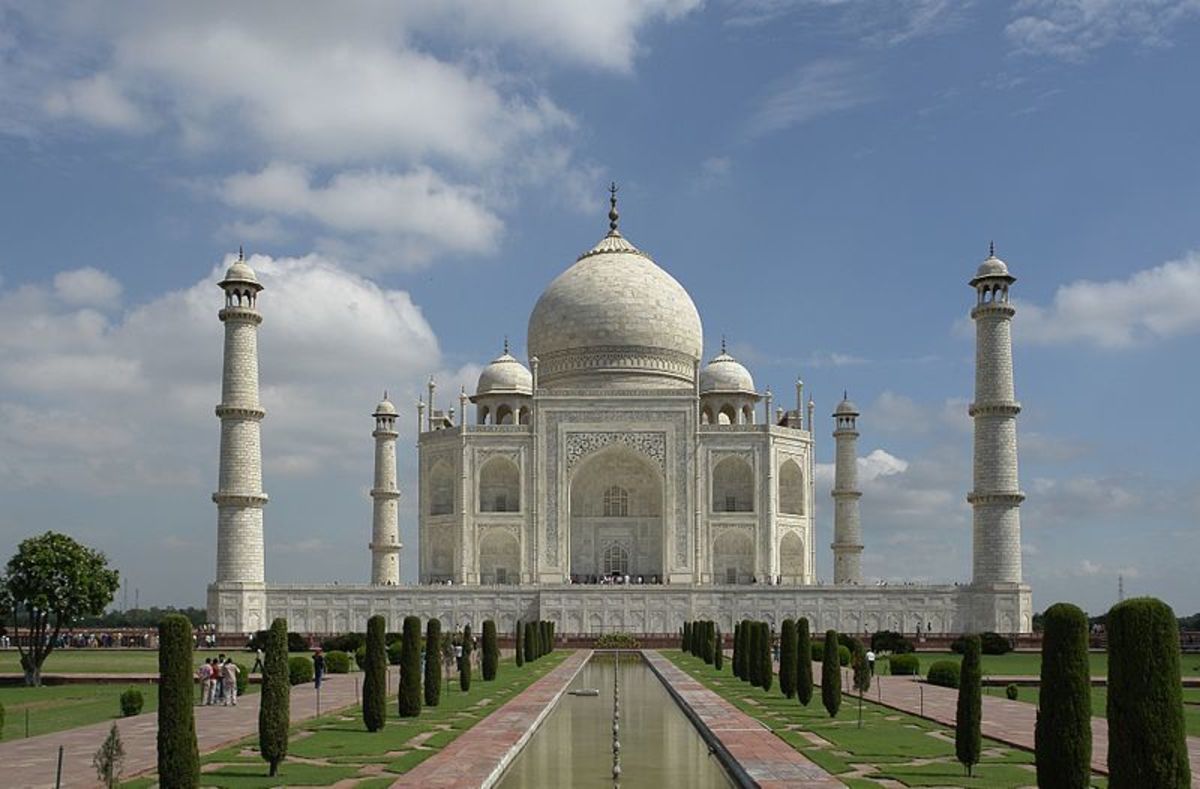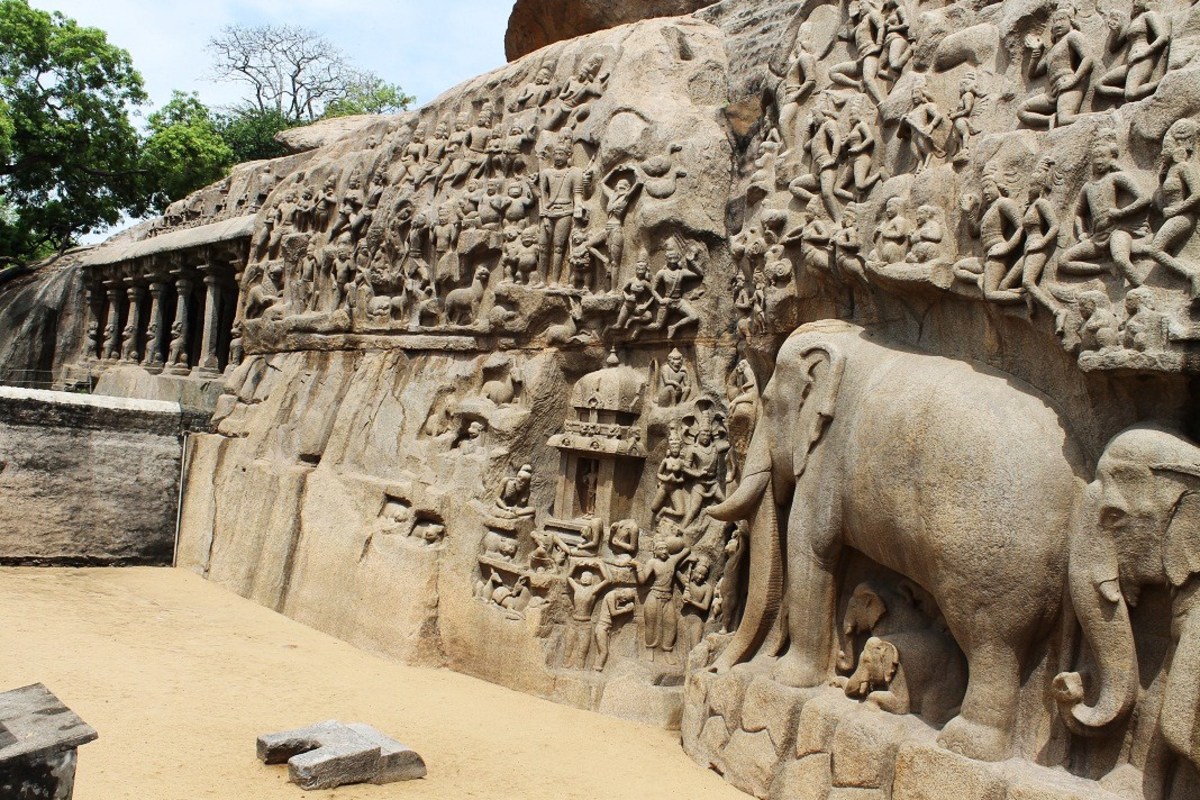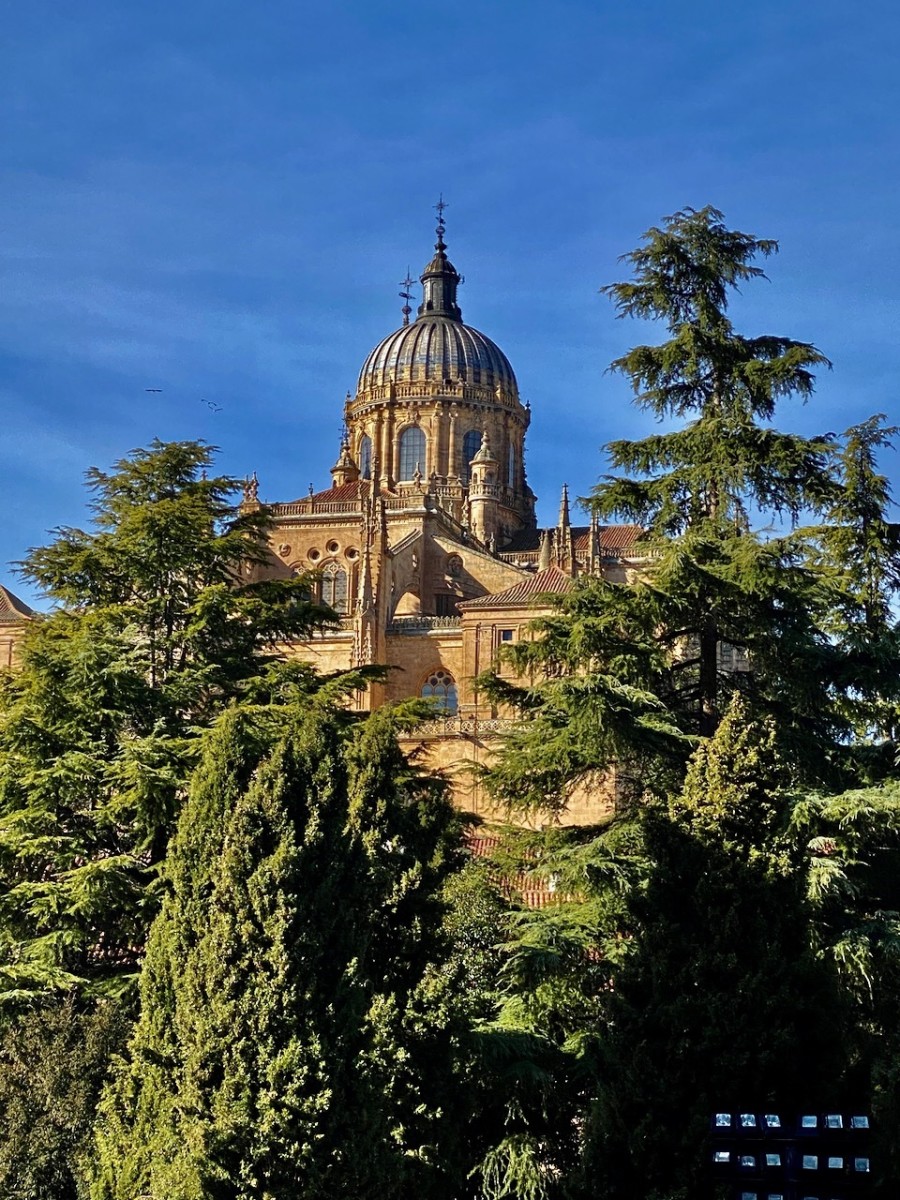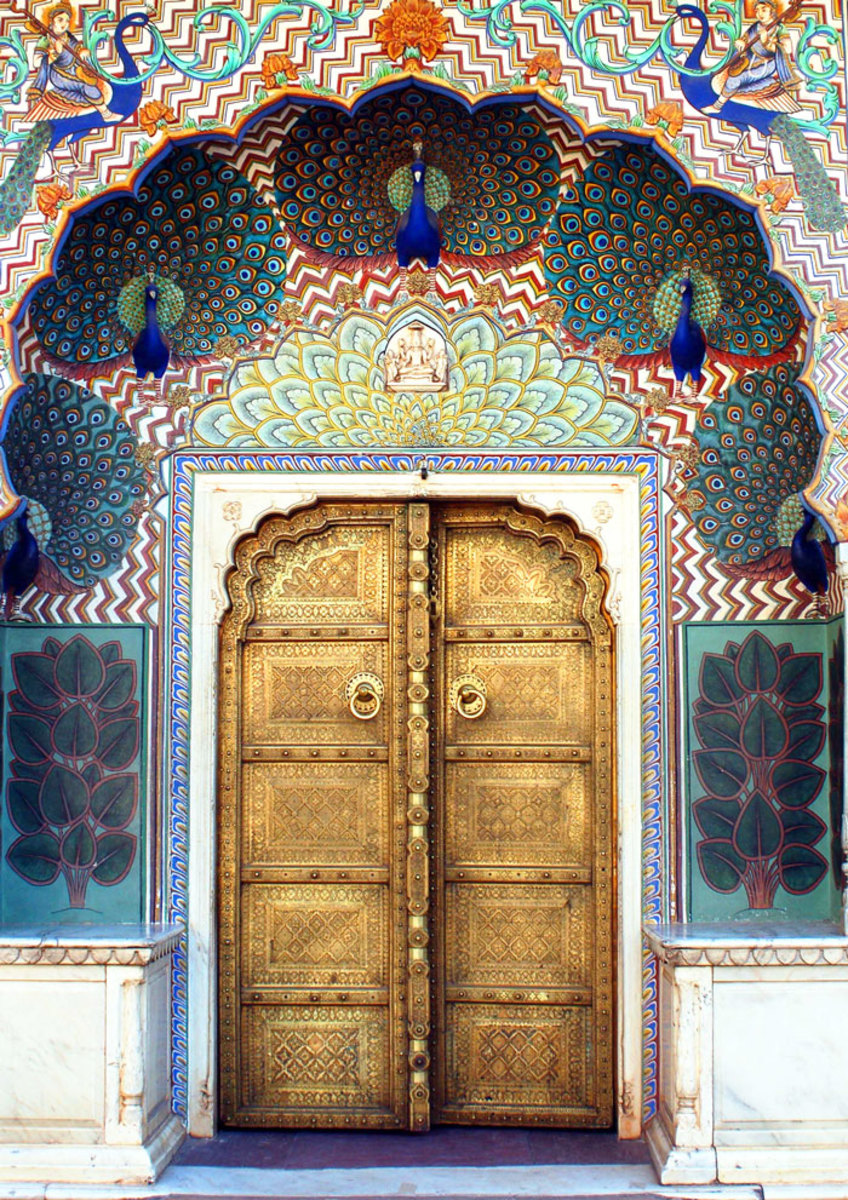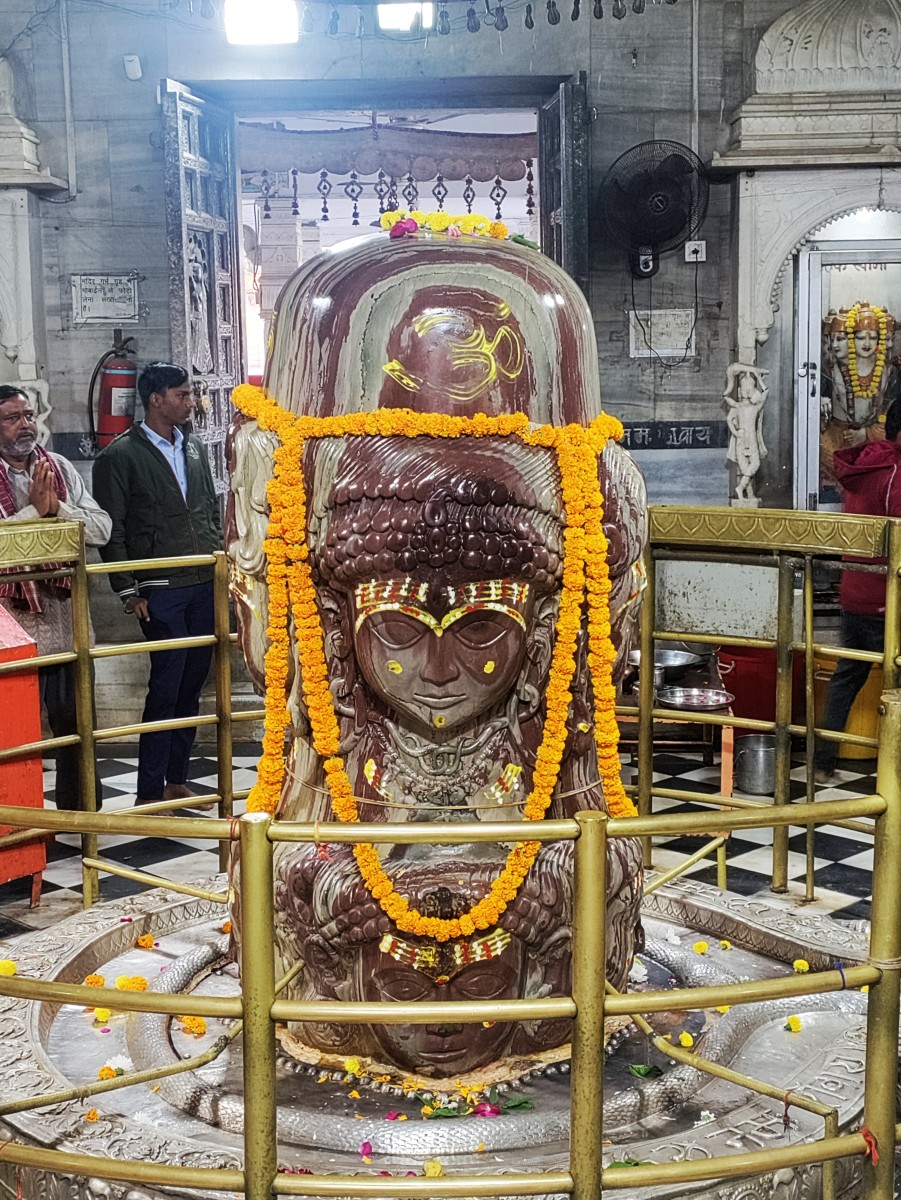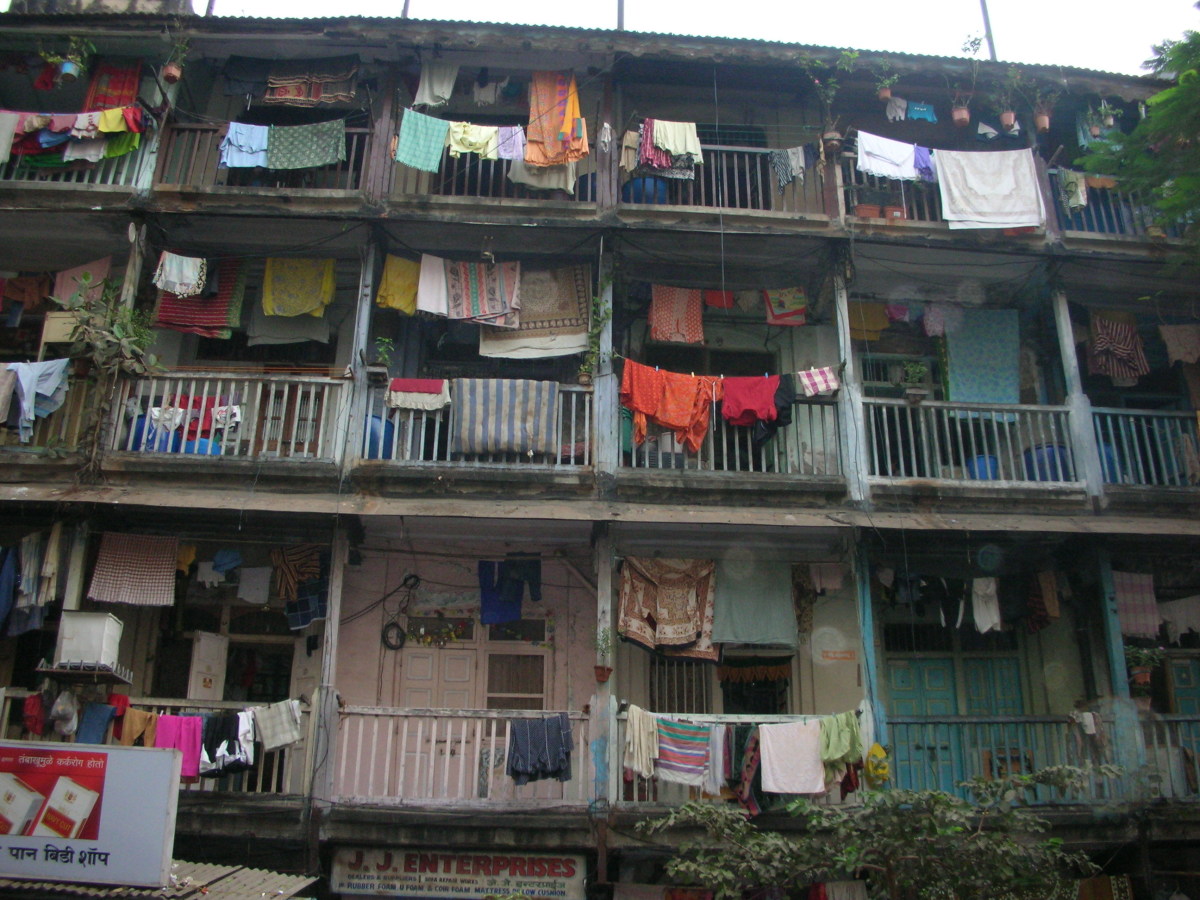- HubPages»
- Travel and Places»
- Visiting Asia»
- Southern Asia
Anuradhapura –Sri Lanka’s World Heritage Site
An Ancient City that Abounds in Tanks that Attract the Tourists
Anuradhapura or the city of Ninety (90) kings is one of the, if not THE oldest or most ancient capitals of Sri Lanka. It lies in the North Central Province of Sri Lanka -205 KM to the North of Colombo, on the banks of the Malwaththu Oya. It had the honour of being chosen as the capital of the country, from 04 B.C., up to the 11th century A.D., and it was one of the most stable and strong centre of political power in the whole of South Asia. The city is considered one of the most sacred in the Buddhist world and is surrounded by monasteries. It has –now –been declared a World Heritage Site by UNESCO.
Historical records state that the city was founded in the FIFTH Century B.C. –but archaeological data shows it as the TENTH (10th) CENTURY B.C. However, there is very little evidence about the period prior to the 5th century B.C., although excavations show that there was a civilization during that period.
It is a strategically positioned city and surrounded by irrigable, fertile lands. The formal planning of the city is said to have been done by King Pandukabhaya (500 to 250 B.C.). Later, King Vasabha improved the city by constructing many ponds and channels –e.g.: The Tissa Wewa, the Nuwara Wewa and the Malwaththu oya was dammed to construct the Nachchaduwa Tank which covered an extend of 4408 acres. And also, large lakes were also built to supply water to the populace and also to irrigate the fields.
There were also a number of parks in the city. The ‘Ranmusu Uyana’ was a park reserved for the Royal Family. It was situated below bund of the Tissa wewa. Even in the ancient times, the rulers paid special attention to Education and Healthcare. King Upatissa II provided Quarters for the crippled and the blind. King Buddhadasa who reigned from 337 to 365 A.D., was himself a reputed physician and he appointed a physician for every ten villages and charged one-tenth of the income from the fields for the maintains of these physicians. He also set apart refuges in every village, to care for the sick. Apart from the people, animals were also looked after. The rulers even maintained large work forces with the task of keeping the cities clean.
The ruins are made up of three types of buildings – Dagobas, Monastic Buildings and Pokunas (ponds). The Dagobas are bell-shaped constructions of masonry, varying in circumference, from a few feet to over 1100 feet, in circumference, at the base. Some of them have used up enough masonry to construct a town, capable of holding TWENTYFIVE THOUSAND residents. The remains of the monastic buildings could be seen everywhere, in the shape of raised platforms of stone, foundations and stone pillars. The most famous of these is the ‘Brazen Palace’, erected by King Dutugemunu around 164 B.C. The ‘Pokunas’ or ponds are bathing tanks, or tanks storing Drinking Water, and are found scattered throughout the jungles. Another landmark of the city is the sacred Bo Tree –said to date back as far as the year 245 B.C.
The Kingdom of Anuradhapura existed for a period of ONE THOUSAND AND FIVE HUNDRED (1500) YEARS –from 380 B.C. It is the site of many of oldest, and most famous monuments in the country; and is a popular destination of the Sinhala Buddhists on account of its and cultural fame. It was declared as the capital of the country by King Pandukabaya, in 380 B.C. and remained so till the year 1000 A.D., when it was abandoned, and the capital shifted to Polonnaruwa. Some of the tallest Dogobas and also the most famous ones, and the largest ones are found in Anuradhapura. The sacred Bo Tree, to which thousands trek in pilgrimage, is also found in Anuradhapura. This tree is held sacred due to the fact that it was grown from the sapling of the tree under which the Buddha gained Enlightenment more than 2500 year ago.
The THIRTEEN METERS tall statue of the AUKANA BUDDHA carved in solid granite –dating back the reign of King Dathusena, can be seen at a distance of 50 KM to the South of Anuradhapura. According to legend, it is stated that, on a rainy day, one can see drops of water from the tip of the nose of the statue falling exactly between the toes of the statue –emphasizing the architectural accuracy of the sculptor of late; a brick enclosure has been built to protect the statue from the vagaries of the weather.


